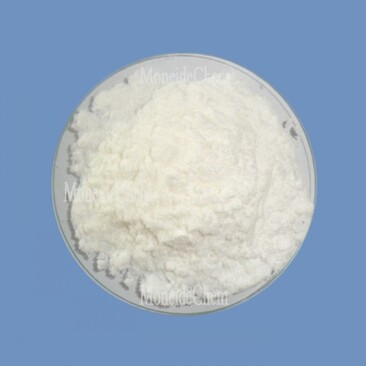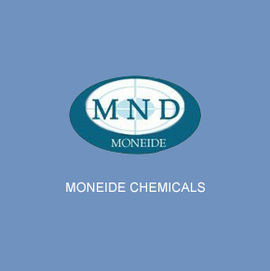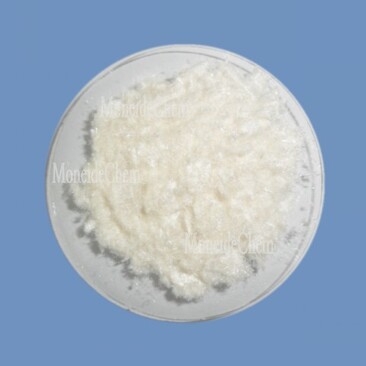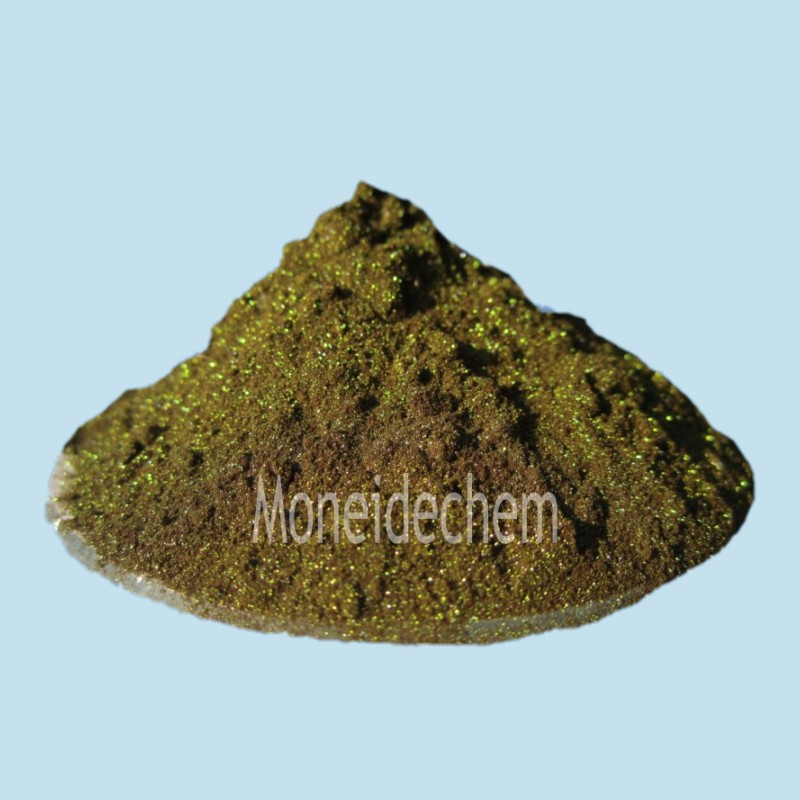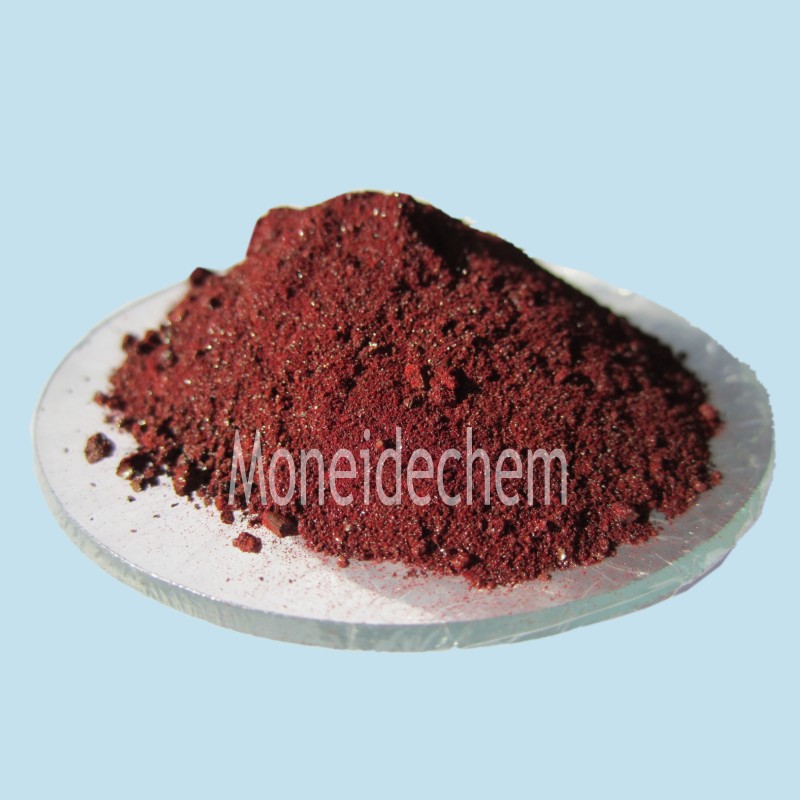Welcome to Tangshan Moneide Trading Co., Ltd.
Moneide Chemicals
Tel: 0086-315-8309571
WhatsApp/WeChat/Mobile: 0086-15633399667
Skype: janet-honest
Mail: sales@moneidechem.com
Address: 2-7-523 Jidong Building Materials Commercial Center, Tangshan, Hebei 064000 China
Tetrapotassium Pyrophosphate (TKPP) Uses Multi-Industry Applications & Benefits
- Time of issue:6 月 . 02, 2025 18:10
(Summary description)Tangshan Moneide Trading Co., Ltd. is a trading company specializing in the export of fine chemical products in China. Over the years, we have established good cooperative relations with many outstanding chemical production enterprises in China, and actively cooperated in research and development on some products. Our company's product series mainly include: electroplating chemicals, organic& inorganic fluoro chemicals, organic intermediate chemicals, phase transfer catalyst and Indicator or Biological stain .
- Categories:Company dynamic
- Author:
- Origin:
- Time of issue:2019-12-30 10:55
- Views:
(tetrapotassium pyrophosphate uses) Tetrapotassium pyrophosphate (TKPP) serves as a multifunctional chemical workhorse, with the global market projected to reach $230 million by 2026 according to ChemAnalyst data. This inorganic compound, chemically denoted as K₄P₂O₇, functions primarily as a potent sequestrant, emulsifier, and buffering agent. Industrial applications leverage its ionic properties across three major sectors: food processing (62% of consumption), industrial cleaning (27%), and specialty manufacturing (11%). In food applications, TKPP modifies protein structures in processed meats and stabilizes dairy alternatives against calcium-induced precipitation. Detergent formulators capitalize on its metal ion chelation capabilities, which effectively prevent scaling in mechanical systems. The pH-regulating properties (optimal range 10.0-10.5) make it indispensable in controlled-reaction environments where alkalinity precision impacts final product consistency. Dissolved TKPP undergoes hydrolysis to form orthophosphates, creating an ionic buffer system with exceptional stability between pH 9.5-10.7. Its emulsification capacity stems from the molecule's ability to reduce surface tension to 34 dynes/cm² at 0.5% concentration – outperforming sodium tripolyphosphate by 17% in emulsion stabilization tests. In protein-rich matrices like processed meats, the tetrapotassium pyrophosphate structure disrupts myofibrillar cross-links through calcium sequestration, increasing water-binding capacity by 15-25% versus non-phosphate controls. Cleaning formulations benefit from its chelation strength index of 550 mg CaCO₃/g, which effectively neutralizes hardness ions that compromise surfactant performance. Heat stability tests show TKPP maintains functionality at processing temperatures up to 212°F (100°C) without significant molecular degradation. Recent comparative studies document TKPP's quantifiable impacts across application parameters. Food trials demonstrate 18.3% reduction in cook loss for turkey breast injected with 0.4% TKPP solution versus controls. Industrial testing reveals a 40% decrease in scaling accumulation when TKPP replaces traditional silicates in bottle-washing detergents. Technical advantages include: These performance characteristics translate directly into production benefits, including extended equipment run times by 15-22% and reduction in raw material waste. Effective tetrapotassium pyrophosphate tkpp deployment requires customized solution development based on application parameters: Meat Processing: Precision blends with sodium acid pyrophosphate in ratios between 25:75 to 40:60 optimize protein extraction at different brine concentrations. Solution temperature must remain below 50°C during injection to prevent premature hydrolysis. Seafood Applications: Combination with citrates prevents struvite crystal formation in canned crab while maintaining phosphate's moisture retention functionality. Target concentration: 0.1-0.3% by product weight. Liquid Detergents: TKPP concentrations between 8-12% create meta-stable clear solutions when combined with specific polymeric dispersants. The viscosity curve must be balanced to prevent crystallization at storage temperatures below 15°C. Technical specifications must address critical parameters including ionic strength of the matrix, competing ion concentrations, thermal processing windows, and final product moisture requirements. A pork processing facility implemented tetrapotassium pyrophosphate-based brines in 2022 with documented production improvements: The implementation required upgrading brine filtration systems to 10-micron precision and installing inline pH monitoring stations. Quality assurance testing confirmed compliance with 21 CFR 182.6785 requirements while extending refrigerated shelf life by 33% through optimized water activity control. Line efficiency increased by 11% due to reduced equipment cleaning frequency from decreased mineral scaling. Recent developments focus on overcoming limitations of traditional tetrapotassium pyrophosphate tkpp formulations. Encapsulation technologies enable controlled release in systems where premature phosphate interactions compromise functionality. A notable breakthrough is the development of buffered TKPP complexes that maintain optimal pH in acidic environments previously unsuitable for phosphate applications. Environmental advancements include phosphate recovery systems that capture up to 92% of effluent phosphates for reuse – critical as regulations tighten globally. Emerging applications in battery manufacturing utilize TKPP's electrolyte stabilization properties, with pilot programs showing 15% improvement in lithium-ion cycle stability. As production technologies evolve, particle engineering now delivers specialized crystalline structures offering 35% faster dissolution rates essential for time-sensitive industrial processes. (tetrapotassium pyrophosphate uses) A: Tetrapotassium pyrophosphate (TKPP) is widely used as a buffering agent, emulsifier, and dispersant in food processing. It also acts as a water softener in industrial cleaning products. Additionally, it is employed in ceramics and electroplating industries. A: In food, TKPP enhances texture and stability in processed meats, cheeses, and canned seafood. It prevents discoloration and maintains pH balance. Its emulsifying properties improve shelf life and product consistency. A: TKPP softens water by binding calcium and magnesium ions, improving detergent efficiency. It helps remove stains and prevents scale buildup in industrial cleaners. Its chelating properties make it ideal for heavy-duty formulations. A: Key industries include food processing, ceramics, detergents, and electroplating. TKPP is vital for its emulsifying, buffering, and water-softening capabilities. It also supports metal surface treatment in manufacturing. A: When handled properly, TKPP is safe for industrial use. Protective gear is recommended to avoid skin or eye irritation. Compliance with safety guidelines ensures minimal environmental and health risks.

Understanding tetrapotassium pyrophosphate uses
across industriesChemical mechanisms enabling functionality
Quantifiable performance advantages
Manufacturer performance specifications
Manufacturer
Purity Grade (%)
Solubility (g/100ml, 20°C)
Lead Content (ppm max)
Bulk Density (g/cm³)
Specialization
Innophos
99.3
172.3
0.8
0.85
Food-grade optimization
ICL Group
98.7
168.5
1.2
0.92
Industrial detergents
Tianjin Fortune Chemical
97.8
161.2
2.5
0.78
Cost-driven applications
Aditya Birla Chemicals
99.1
169.8
1.5
0.83
Technical-grade precision
Industry-specific formulation adaptations
Processing plant implementation case
Innovations in tetrapotassium pyrophosphate applications
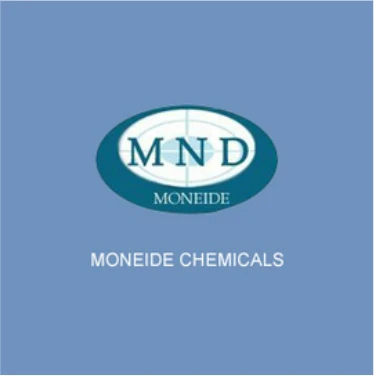
FAQS on tetrapotassium pyrophosphate uses
Q: What are the primary uses of tetrapotassium pyrophosphate (TKPP)?
Q: How is tetrapotassium pyrophosphate applied in the food industry?
Q: Why is tetrapotassium pyrophosphate used in cleaning products?
Q: What industries rely on tetrapotassium pyrophosphate (TKPP)?
Q: Is tetrapotassium pyrophosphate safe for industrial applications?









